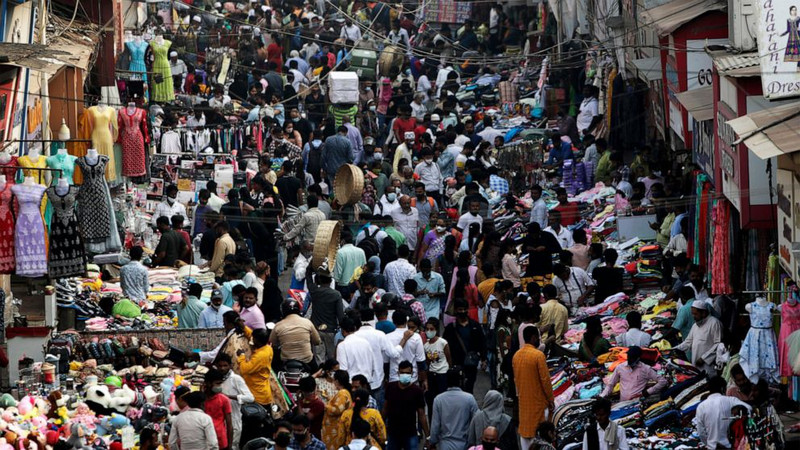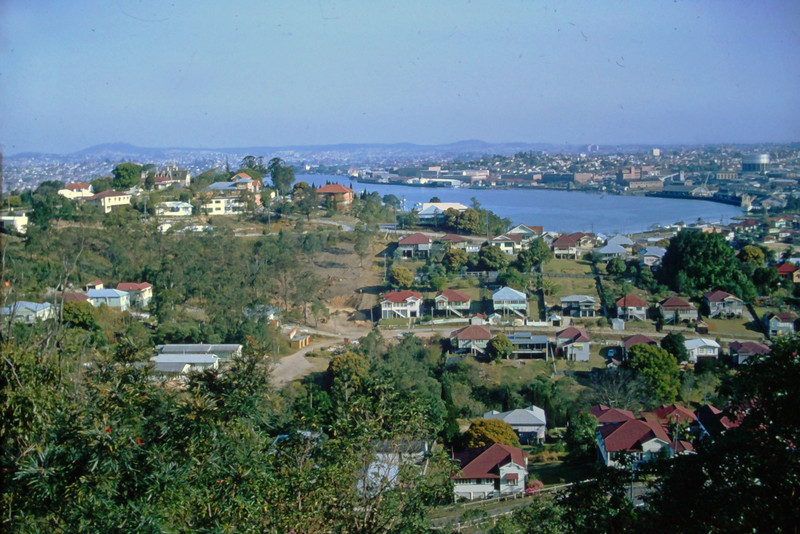India is set to overtake China as the most populous country in the world by 2023, according to the UNs most recent projections. Both China and India are home to over 1.4 billion people. (Previous estimate was 2025)
If the forecast is correct, the global population could reach eight billion by 8.5 billion by 2030, and 10.4 billion by the end of the century. In 1950, the population was just 2.5 billion.
The news has drawn both celebration and concern. The UN applauded the developments in medicine and living standards that have allowed such a significant increase in population while also drawing attention to the climate issues so many people can create.
India and China are some of the worlds largest nations, and both required verbiage changes to the Glasgow Climate Pact that suggested they phase down coal usage instead of phase out.
Growth is slowing across the world, however, which lends to workforce concerns in the future. With an aging population living far longer than previous generations, there is uncertainty if the workforce will be able to cope.
And despite global warming: Its hard to deny the mighty Perito Moreno a spot on the list of Earths most glaciers. Covering 97 square miles, Perito Moreno (named after explorer Francisco Moreno) is one of the only glaciers in the world that is advancing instead of shrinking. Thats good news for the planet, as well as for visitors — who are in for an incredible natural show. Stand in front of Perito Moreno long enough, and youll bear witness to piercing cracks and booms of huge chunks of ice calving off the glacier as it expands. Then watch them fall into the frigid waters of Lago Argentino, 200 feet below.
Located near the town of El Calafate in southern Patagonias Los Glaciares National Park, Perito Moreno is perhaps the most accessible of the four dozen glaciers fed by the Southern Patagonian Ice Field. The viewing platform provides a spectacular vantage point from across the lake, but guided tours also offer the chance to climb and trek through the glaciers craggy caves and towering walls of ice.
Annual population growth is 83 million or 1.1%!p(MISSING)er year. My question is how do we feed this many people with limited resources, like drinking water and clean air? Pollution is already a bigger issue in China and India, than most of the civilized world. Add the Covid issue to this, along with whatever maladies we encounter in the next few years, and we have a problem, Houston!
As a personal observation, I would note that both countries place a premium on education, and produce many great scholars and scientists. Lets hope the trend continues.
<button jMqrc full QezA9 style=border: 1px solid 600; 14px; Segoe UI, Segoe UI Web (West European), Segoe UI, BlinkMacSystemFont, Roboto, Helvetica Neue, 4px; 4px; padding: 0px 8px; baseline; outline: transparent; position: relative; antialiased; 4px; height: 32px; initial; initial; initial; initial; initial; initial; initial; none; 0px; nowrap; width: type=button jMqrc full QezA9 style=border: 1px solid 600; 14px; Segoe UI, Segoe UI Web (West European), Segoe UI, BlinkMacSystemFont, Roboto, Helvetica Neue, 4px; 4px; padding: 0px 8px; baseline; outline: transparent; position: relative; antialiased; 4px; height: 32px; initial; initial; initial; initial; initial; initial; initial; none; 0px; nowrap; width: type=button









